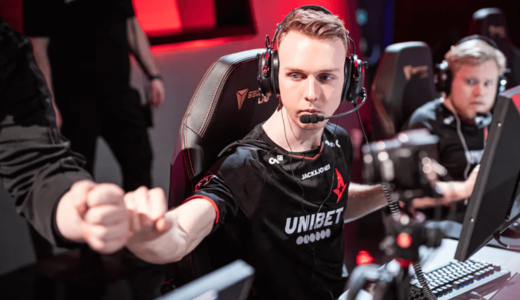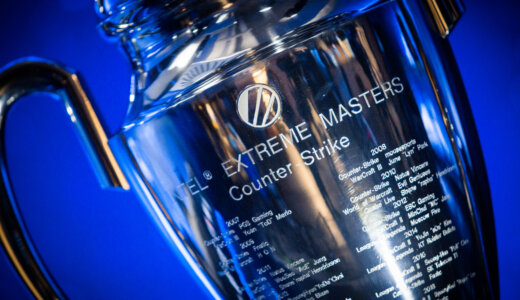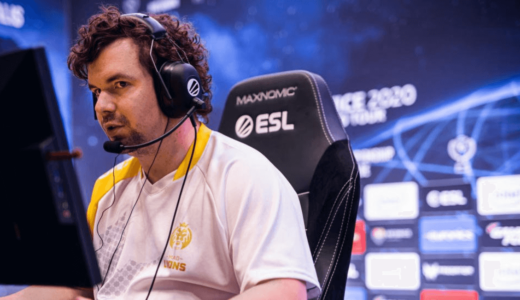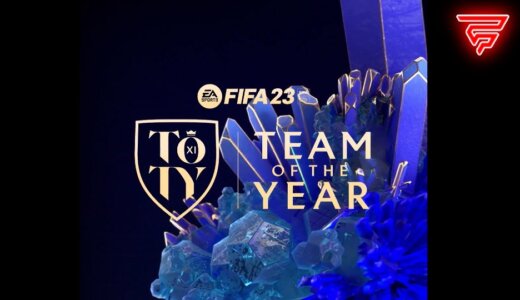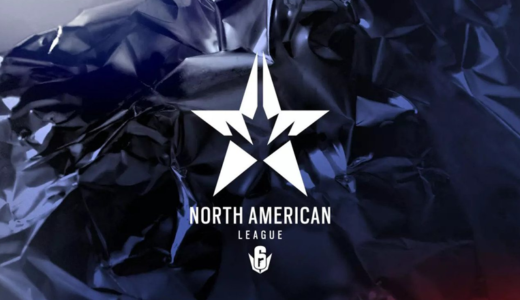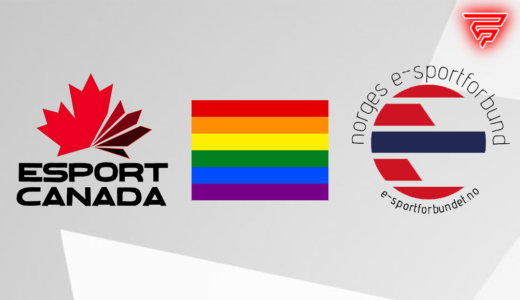In an effort to maintain the regional identity of the participating teams, Riot Games has ruled that all the partnered teams across the three regions are only allowed to have one overseas player on the team.
The rule, which is best articulated in the example—where the North American organizations in the America league are allowed to field a full Brazilian roster at their discretion but are limited to using just one player from a different region like EMEA or the Pacific—has a potential to change the dynamic of VCT forever.
All players from North America, Brazil, and LATAM are considered to be regional residents and are eligible for transfer to any of the ten American partnered teams. The same regulation also applies to the Asian and EMEA leagues. This implies that any partnered team in a particular league, regardless of the country from which the organization hails, is free to sign any available players within the region..
Welcome to the next era of the #VCT
We are proud to introduce the 30 teams who will compete in the VALORANT Champions Tour in 2023.
— VALORANT Champions Tour (@ValorantEsports) September 21, 2022
T1 to drop a majority of its roster to comply with the relocation.
Since teams could submit applications for both a primary and secondary region for consideration, Gen.G and T1 applied for franchising in two regions rather than just one. Both organizations managed to land a spot in the Asia Pacific League while failing to land a berth in the Americas, the region they used to compete in. Gen G does not have any active roster at the moment, so it would be easy for them to relocate to the Asia-Pacific region.
On the other hand, T1, which will now be a Pacific league partner, currently has an active roster of North American players and will have to cut them almost entirely. Joshua “steel” Nissan, a British-Canadian player, and Dallas “Branchies” Branch, the team manager, were given permission by the organization to explore new possibilities.
With the recent announcements, I'm still contracted with @t1 but looking for options in NA partnership.
As an IGL I have a very clear vision of how to be successful and want to work with people that share the same vision craving to be the best.
Please contact @Jerome_Coupez
— steel (@JoshNissan) September 22, 2022
Additionally, Zander “Thwifo” Kim’s departure from the organization is foreseen, while the Korean core of Son “xeta” Seon-ho, Joseph “ban” Seungmin Oh, and Byeon “Munchkin” Sang-beom are likely to remain intact. The core member will relocate to Seoul, South Korea, the site of the Asia International League.
T1 is anticipated to create a strong lineup in Asia given the organization’s strategic approach to recruiting, which has been proven successful numerous times. The organization owns one of the finest League of Legends rosters and has worked with some of the best North American talents, including Xeta, who rose to prominence on Cloud9 as one of the best initiators in the continent. While some fans are disappointed to see T1’s American team leave, the devoted fan base in Korea is eager to welcome the team as they return to their native country.
The Aftermath
All the free agent players and rosters—restricted or free, will try to find a spot in one of the partnered teams in Valorant’s offseason. The revised import rule has both improved and worsened the options for players in the North American region, which were already limited. Prior to the franchise, players could relocate and compete in different regions. Riot’s new regulation, however, limits the organization to fielding a regional core and just one overseas player.
Wow, what a ride this has been.. Thank you @OpTic @hastr0 @H3CZ for always being there for us and giving us the opportunity to represent this great organization. Thank you to all the fans and especially the #GreenWall that made us feel like family throughout everything. 💚💚💚💚
— OpTic crashies (@Crashies) September 21, 2022
Unrestricted F/A with @Crashies for 2023. Contact @derrick_truong for inquiries.
— OpTic Victor (@victorwong) September 21, 2022
After the new import regulation, some of the most successful teams like OpTic Gaming, XSET, The Guard, and FaZe, cannot move to a team that is partnered with EMEA or the Pacific. The only way the rosters these rosters can stay together is if some organization from the Americas league scoops them up. Although Riot has not explicitly specified the date for free agency and roster changes, sources claim that October 2022 has been reserved as the off-season month.
Some organizations that didn't make partnership:
– The Guard🇺🇸
– OpTic Gaming🇺🇸
– TSM🇺🇸
– Ninjas in Pyjamas🇧🇷
– G2 Esports🇪🇺🇺🇸
– Version1🇺🇸
– Guild Esports🇬🇧
– Excel Esports🇬🇧
– Acend🇪🇺
– FaZe Clan🇺🇸
– XSET🇺🇸
– OG🇪🇺
– MAD Lions🇪🇺Wow.
— George Geddes (@GeorgeCGed) September 21, 2022
Following the offseason, the 30 partnered teams will fly to Sao Paulo, Brazil, for the Kickoff Tournament in mid-February with their revised or original rosters. The teams will compete to win a share of the substantial prize fund and an additional spot for their region at the first Masters competition of 2023.
Riot plan to put the Asia-Pacific region into the spotlight
APAC, Korea, and Japan have produced some of the VCT’s most unexpected and exciting matchups, and it’s past time the region stopped fading into the shadows of NA and EMEA. The move of GenG and T1 from North America to Asia, together with Riot’s new import policy, has given Asian players, fans, and teams access to a vast array of new opportunities.
It's the Grand Finals of #VCT Masters 2 and we're going against @fpx_esports in a BO5!
For those of you who can't make the Viewing Party, tune in to our Twitch Channel to watch our stream!📅24/07/22
⏲11:00PM SGT
🔗https://t.co/I7OVbL2cNl#WGAMING #pprxteam #VALORANTMasters pic.twitter.com/Eera2X1FpG— Paper Rex (@pprxteam) July 24, 2022
The addition of Gen.G and T1 into the Pacific region gives North American fans a recognizable name to root for if they want to follow their beloved team across the region. This could be a great gateway not only for Asian Valorant but also for global esports in general. By bringing T1 and GenG to Asia, Valorant will be able to reach out to Asian fans who support T1 or GenG in other esports titles but are not familiar with Valorant. The introduction is also likely to attract new fans to Valorant’s global fan base.
Header: Colin Young-Wolff via Riot Games

